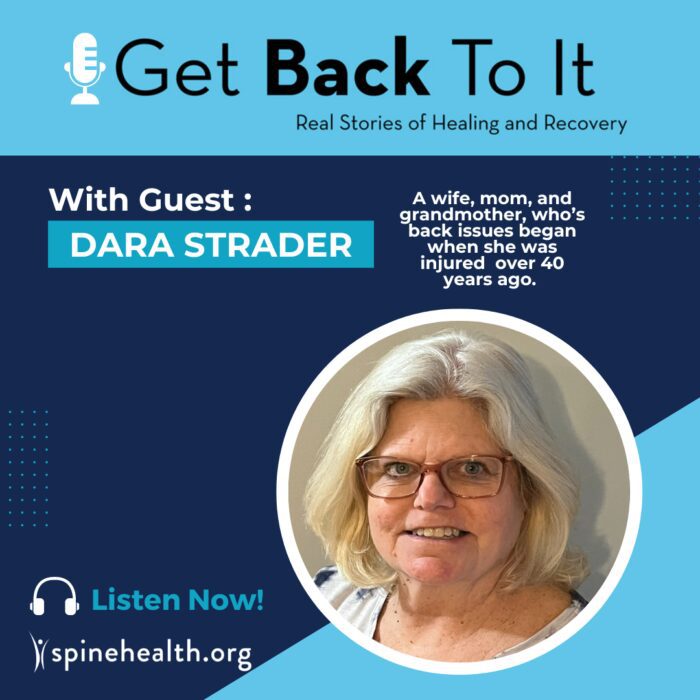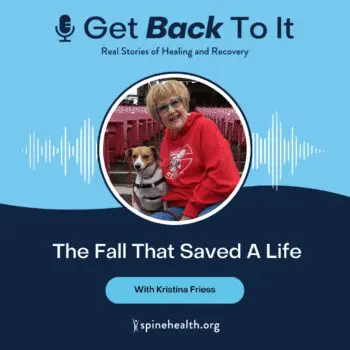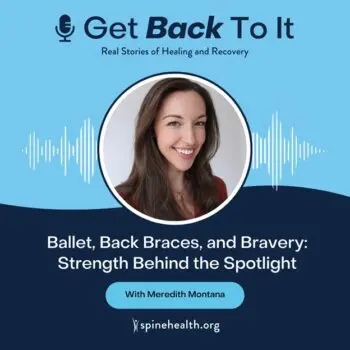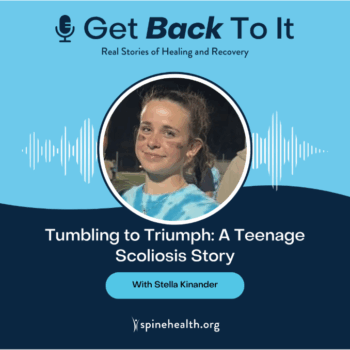Summary:
In this month’s episode, Dara Strader, a wife, mom, and grandmother, whose back issues began when she was injured at her job over 40 years ago. Dara has had low back pain for most of her adult life and was eventually diagnosed with degenerative disc disease and ultimately, a herniated disk. After years of pain management treatment, surgery ultimately relieved her of her pain and she’s now enjoying her exercise classes at the local YMCA 9 months later.



